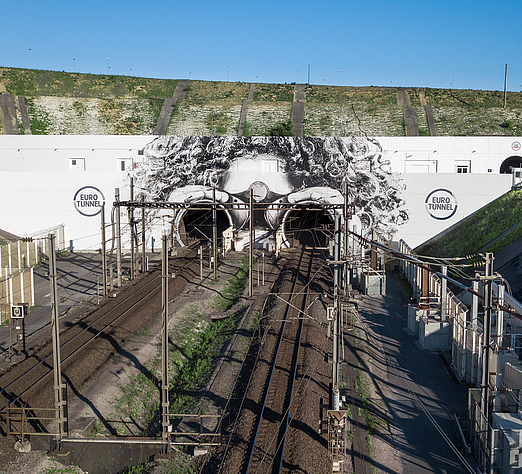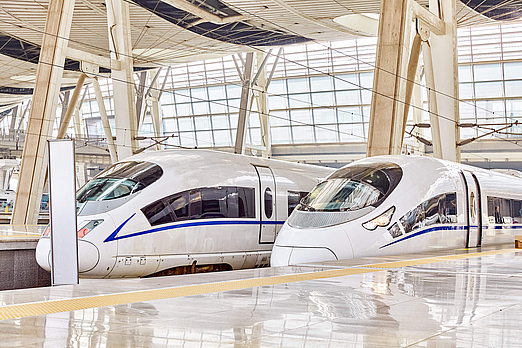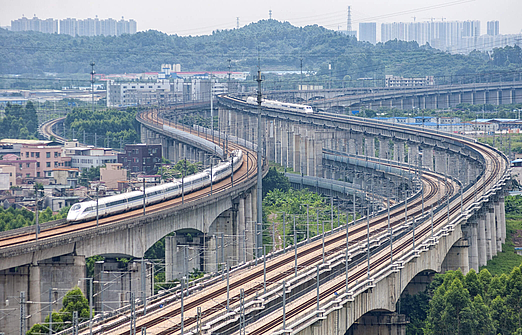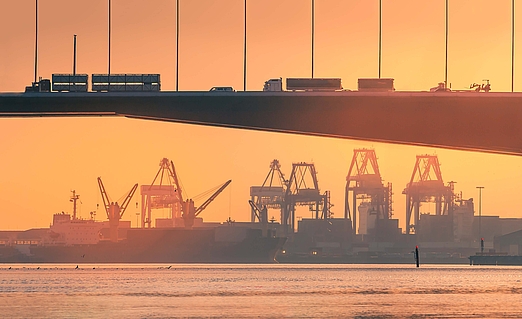Autonomous trains picking up steam
Autonomy on rails
- Insights
Autonomous systems save time and money – and are not necessarily limited to roads. Especially when it comes to railway freight traffic, this development has been “on track” for some time. The first cautious steps are being taken toward the goal of gradually introducing autonomously driving trains. We examine a pilot project with 240 wagons in the Australian outback, ever-vigilant HD cameras and the exceptional potential for optimizing train operations.
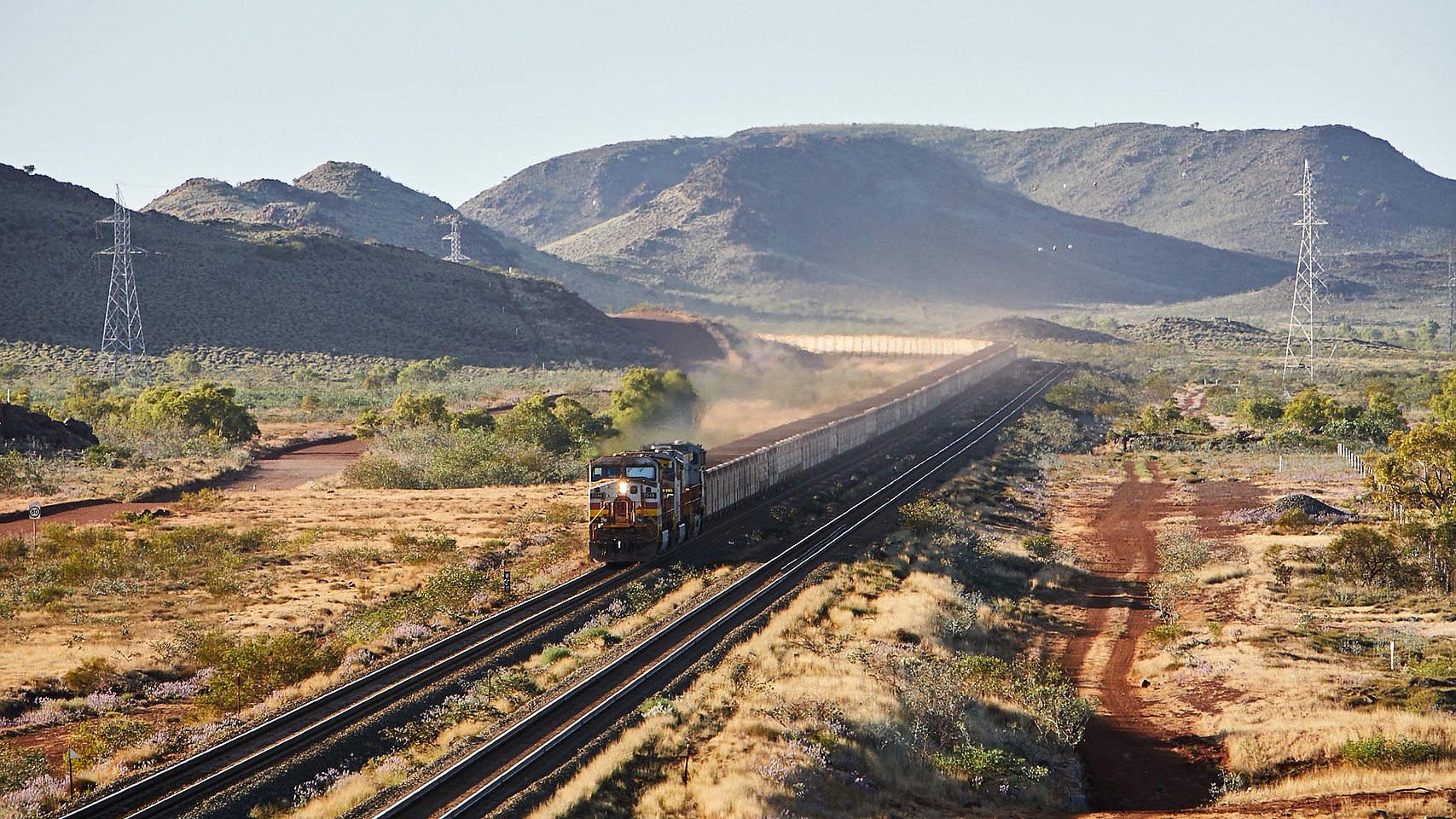
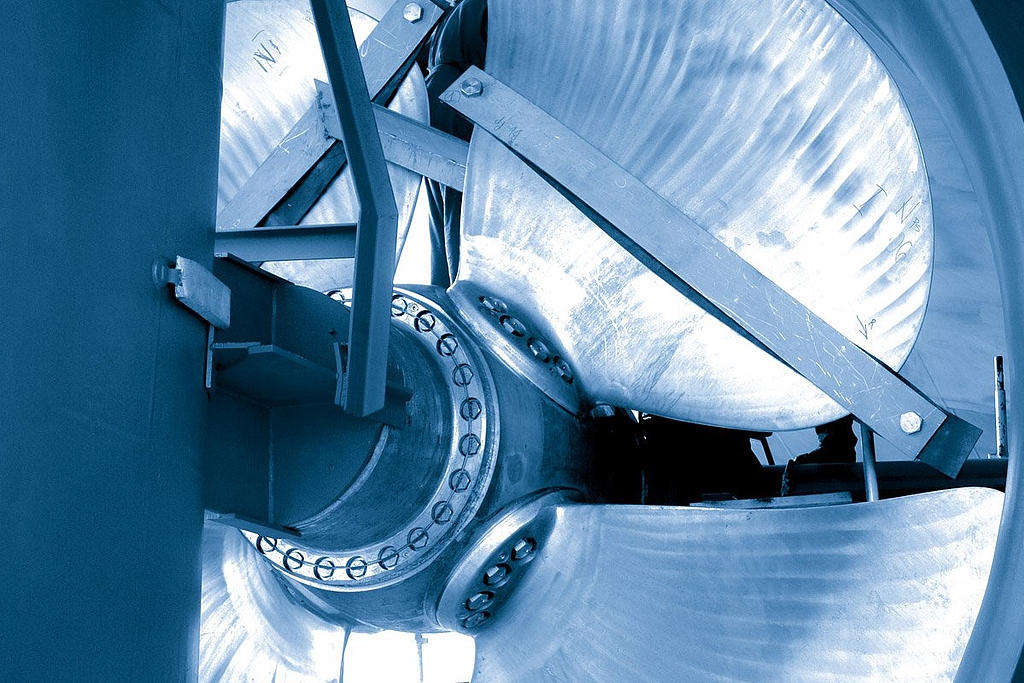

Our rail service is 50% faster than sea cargo and 60% less expensive than air cargo, giving you the best of both worlds.
Rail transport is a fast, cost-effective and environment-friendly alternative to air and sea freight. Our specialized teams will create the optimal rail transport concept for any commodity.
Find out more
